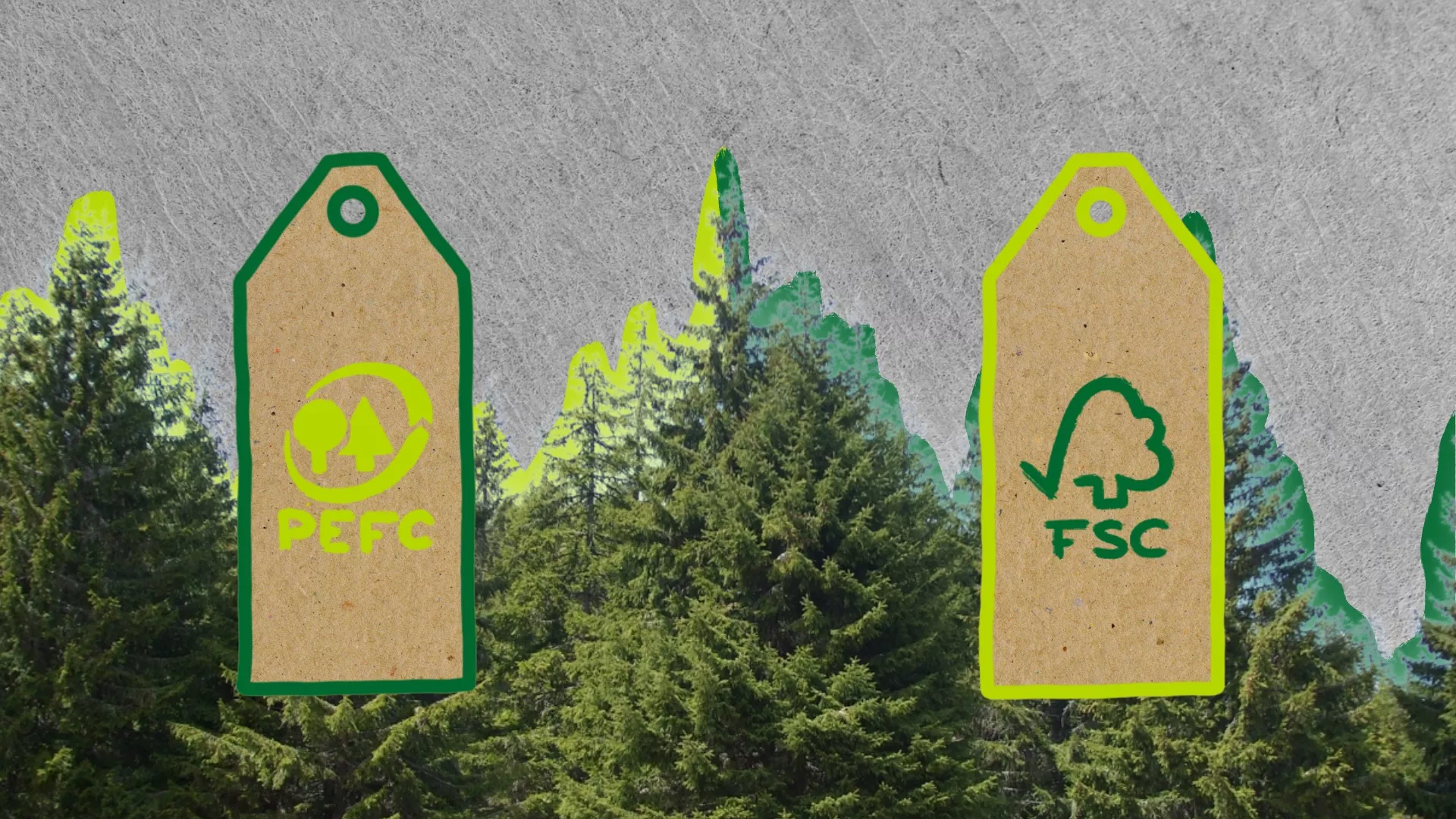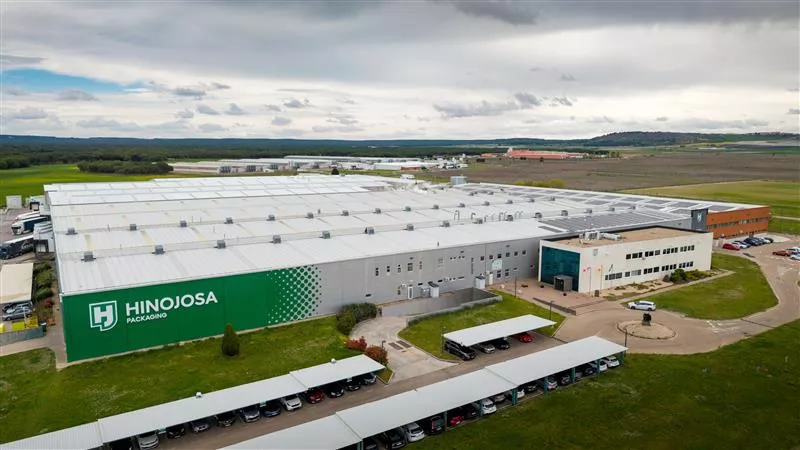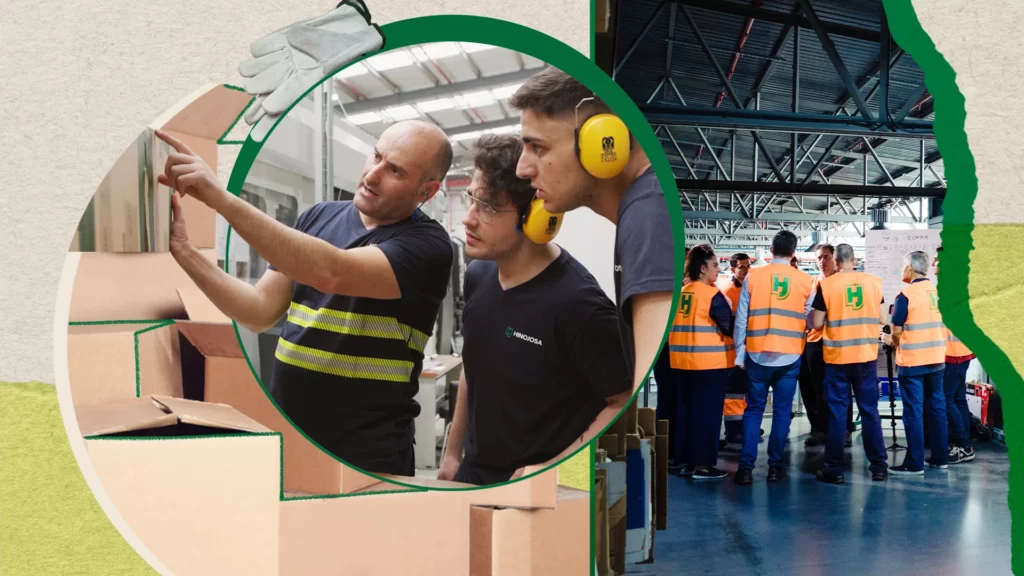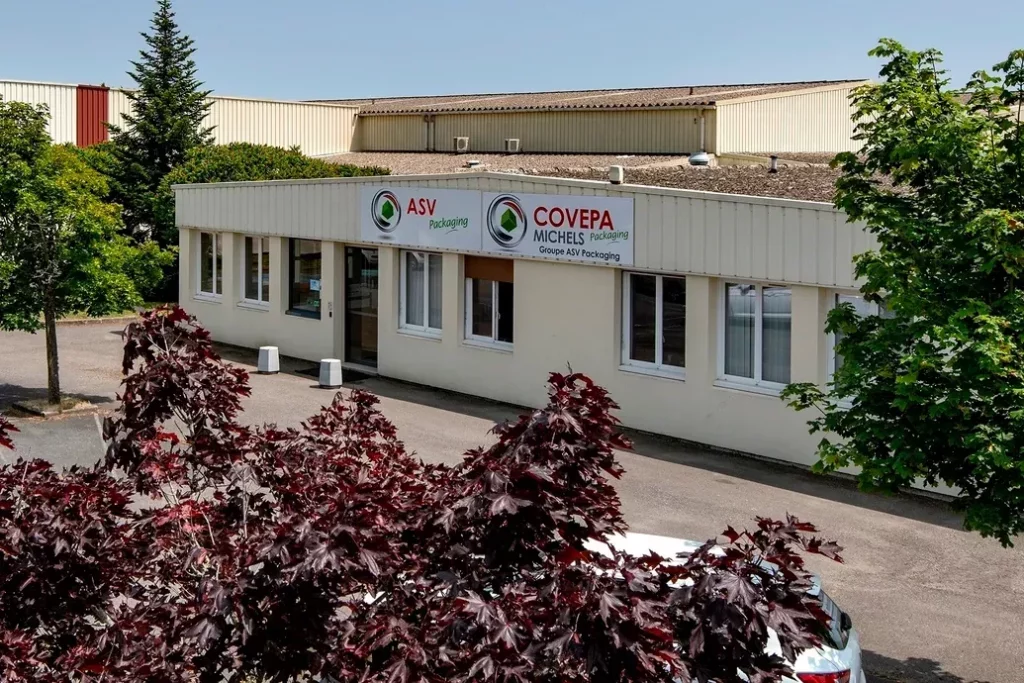Where do these oranges come from? What material is this packaging made of? In which bin should this wrapper be recycled? These are increasingly common questions among consumers, who are concerned not only about what they buy, but also about its impact on the planet. Growing environmental awareness and the need to preserve our resources are leading companies to strengthen their commitment to sustainability.
Ensuring the origin and traceability of the materials used to manufacture products is key to reducing our environmental footprint. In this process, certifications like FSC and PEFC play a fundamental role, tracking raw materials and ensuring they come from responsible sources.
FSC and PEFC are the most globally recognized accreditations for ensuring that materials come from sustainably managed forests. Both promote biodiversity protection, respect for workers’ and indigenous communities’ rights, and the preservation of ecosystems.
However, there are key differences between them. On one hand, FSC (Forest Stewardship Council) is an international certification based on strict sustainability and traceability criteria, ensuring that materials come from ethically and environmentally responsible sources.
FSC classifies its certified products into three types: FSC 100% (exclusively from responsibly managed and certified forests), FSC Recycled (made only from recycled materials), and FSC Mix (which combine FSC-certified, recycled, and controlled wood evaluated to avoid controversial sources). This classification allows for greater transparency regarding the origin of raw materials.
On the other hand, PEFC (Programme for the Endorsement of Forest Certification) operates with national forest certification standards adapted to each country. This approach allows it to address the specificities of each market and provide companies with clear guidelines on sustainable practices to implement. PEFC particularly focuses on promoting sustainable forest management at a local level, ensuring that forests meet required environmental and social standards.
When choosing a certification, the decision depends on each company’s goals and needs. Both FSC and PEFC have globally recognized standards, so the best option will vary depending on the sustainability strategy and the organization’s current situation. At Hinojosa, we work with both labels, allowing us to certify the performance of our plants. Generally, we use FSC certification to guarantee compliance with the highest standards at our packaging and paper plants, both in Spain and in other markets. Additionally, some of our sites, such as Hinojosa Packaging Galería Gráfica, specialized in premium packaging, and Hinojosa Packaging Foodservice, also hold the PEFC label, which better suits the specific nature of their operations.
Other Key Labels and Certifications
If we pay closer attention to the packaging of the products we buy or receive at home, we’re likely to find different certification labels, many of which may be unfamiliar. In addition to FSC and PEFC, there are other relevant certifications in the field of sustainable packaging, such as Blue Angel and EU Ecolabel.
Blue Angel guarantees that products have been manufactured with minimal environmental impact, with particular emphasis on emission reduction and the use of recycled materials. EU Ecolabel, for its part, certifies products that have a reduced environmental impact throughout their entire life cycle, including recyclable packaging made with fewer harmful chemicals.
Eco-labels not only represent an environmental commitment but also influence consumers’ purchasing decisions. In a context where sustainability and recycling are key factors, these labels reinforce brand perception and convey transparency and responsibility. Packaging with recognized certifications builds trust and demonstrates a company’s commitment to responsible resource management.
Sustainable packaging certifications reflect companies’ dedication to biodiversity, forest protection, and the rights of local communities. FSC and PEFC have become global benchmarks, and in a world where sustainability is increasingly valued, choosing certified packaging is not just an ethical decision but also a smart strategy to connect with consumers and strengthen brand reputation.



